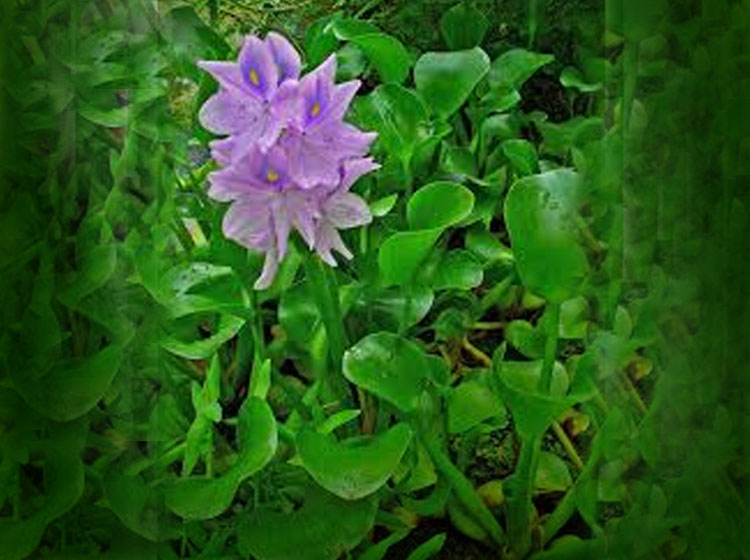
Water hyacinth (EichhorniaCrassipes)
 Posted by 20th July 2020
Posted by 20th July 2020
Water hyacinth is an aquatic plant which can live and reproduce floating freely on the surface offresh waters or can be anchored in mud. Plant size ranges from a few inches to a metre inheight. Itsrate of proliferation under certain circumstances is extremely rapid and it canspread to causeinfestations over large areas of water causing a variety of problems. It growsin mats up to 2 metres thick which can reduce light and oxygen, change water chemistry,affect flora and fauna and cause significant increase in water loss due to evapotranspiration. Italso causes practical problems for marine transportation, fishing and at intakes for hydro powerand irrigation schemes. It is now considered a serious threat to biodiversity.
The problem
Water hyacinth can cause a variety of problems when its rapid mat-like proliferation coversareas of fresh water. Some of the common problems are listed below:
- Hindrance to water transport. Access to harbours and docking areas can be seriouslyhindered by mats of water hyacinth. Canals and freshwater rivers can becomeimpassable as they clog up with denselyintertwined carpets of the weed.
- Blockage of canals and rivers causing flooding. Water hyacinth can grow so densely that human being can walk on it. When it takes hold in rivers and canals it can become so dense that it forms a herbivorous barrage and can cause damaging and dangerous flooding.
- Micro-habitat for a variety of disease vectors. The diseases associated with the presenceof aquatic weeds in tropical developing countries are among those that cause the major public health problems: malaria, schistosomiasis and lymphatic filariasis.
- Problems related to fishing. Water hyacinth can present many problems for thefisherman. Access to sites becomesdifficult when weed infestation is present, loss offishing equipment often results when nets or lines become tangled in the root systems ofthe weed and the result of these problems is more often than not a reduction in catch andsubsequent loss of livelihood. In areas where fishermen eke a meagre living from theirtrade, this can present serious socio-economic problems. Fishermen on Lake Victoriahave also noted that, in areas where there is much water hyacinth infestation, the water is‘still and warm and the fish disappear’.
- Reduction of biodiversity. Where water hyacinth is prolific, other aquatic plants havedifficulty in surviving. This causes an imbalance in the aquatic micro-ecosystem and oftenmeans that a range of fauna that relies on a diversity of plant life for its existence, willbecome extinct. Diversity of fish stocks is often affected with some benefiting and otherssuffering from the proliferation of water hyacinth. People often complain of localised waterquality deterioration. This is ofconsiderable concern where people come to collect waterand to wash.
Solutions
Control of water hyacinth
There are several popular control mechanisms for preventing the spread of, or eradication of, waterhyacinth. The 3 main mechanisms used are biological, chemical and physical control. Each hasits benefits and drawbacks. Chemical control is the least favoured due the unknown long-termeffects on the environment and the communities with which it comes into contact. Physicalcontrol, usingmechanical mowers, dredgers or manual extraction methods, is used widely but iscostly and cannotdeal with very large infestations. It is not suitable for large infestations and isgenerally regarded as ashort-term solution. Biological control is the most widely favoured long termcontrol method, beingrelatively easy to use, and arguably providing the only economic andsustainable control. Below we will briefly discuss each of these methods.
Biological control
Biological control is the use of host specific natural enemies to reduce the population density of apest.Several insects and fungi have been identified as control agents for water hyacinth. Theseinclude avariety of weevils, moth and fungi. Biological control of water hyacinth is said to beenvironmentallybenign as the control agents tend to be self-regulating. One major drawback is that it can take a longtime to initiate such projects because it can take several years for the insectpopulation to reach apopulation density sufficient to tackle the pest problem.
Chemical control
The common herbicides are 2,4-d, Diquat and Glysophate. It has been found that there is a goodsuccess rate when dealing with small infestations but less success with larger areas. Themain concernwhen using herbicides is the environmental and health related effects, especiallywhere people collect water for drinking and washing.
Physical control
Mechanical removal of water hyacinth is seen as the best solution to the proliferation ofthe plant, water-based machinery such as speciallydesigned aquatic weed harvesters. This technique requires the support of a fleet of water and land-based vehicles fortransporting the large quantities of water hyacinth which is removed. Mats of water hyacinth canbe enormous and can have a density of up to 200 tonnes per acre.
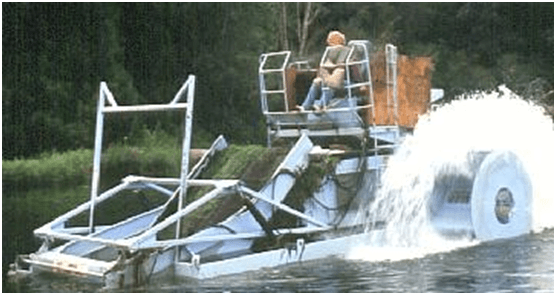
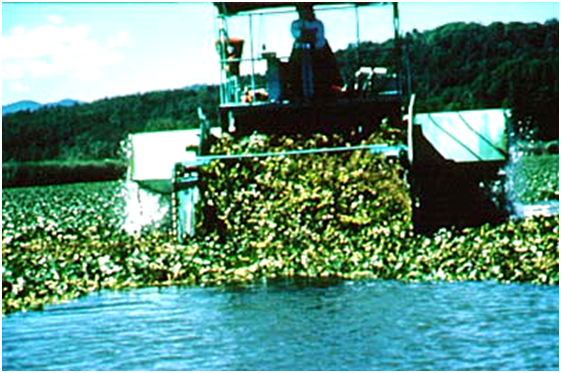
Manual removal of water hyacinth is suitable only for extremely small areas.

Possible practical applications of water hyacinth
Although water hyacinth is seen in many countries as a weed and is responsible for many of theproblems outlined earlier. We have beenable to turn the problem around and find useful applications for the plant. The plant itself, althoughmore than 95% water, has a fibrous tissue and a high energy and protein content, and can beused for a variety of useful applications.
- Paper.
The water hyacinth fibre alone does notmake a particularly good paper but when the fibre is blended with waste paper or jute theresult is good. The pulp is dosed with bleaching powder, calcium carbonate and sodium carbonate before being heated. The equipment for pulping is relatively sophisticated and the end product is of reasonablequality.Similar small-scale cottage industry papermaking projects have been successful in anumber of countries.

- Fibreboard.
Another application of water hyacinth is the production of fibreboards for avariety of end uses.indigenous materials. We candevelop a locally manufactured production plant forproducingfibreboard for general-purpose use and also a bituminised board for use as alow-cost roofingmaterial.The chopped water hyacinth stalks are reduced by boiling and then washed and beaten.The pulp is bleached and mixed with waste paper pulp and a filter agent such as chinaclay andthe pH is balanced. The boards are floated in a vat on water and then finished ina hand pressand hung to dry. The physical properties of the board are sufficiently goodfor use on indoorpartition walls and ceilings.
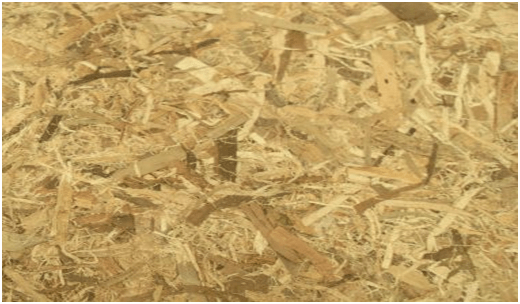
- Yarn and rope.
The fibre from the stems of the water hyacinth plant can be used to makerope. The stalk from the plant is shredded lengthways to expose the fibres and then leftto dry for several days. The rope making process is similar to that of jute rope. Thefinished rope is treated with sodiummetabisulphite to prevent it from rotting. the rope is used by a local furniture manufacturer whowinds the rope arounda cane frame to produce an elegant finished product.
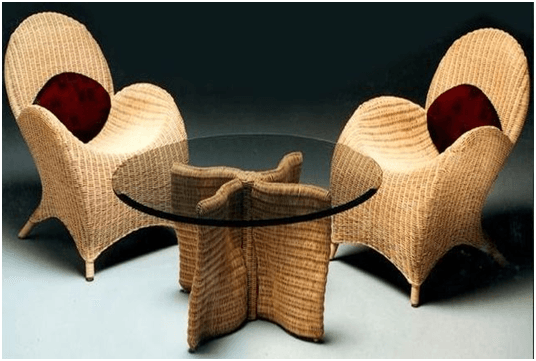
- Weaving and Basket work
The water hyacinth is dried and used to make baskets andmatting for domestic use. The key to a good product is to ensure that the stalks areproperly dried before being used.


